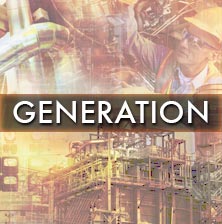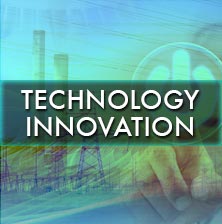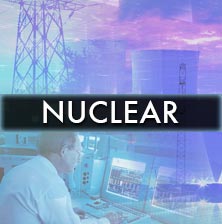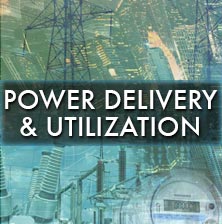The following is a small selection of items recently published by EPRI. To view complete lists of your company-funded research reports, updates, software, training announcements, and other program deliverables, log in at www.epri.com and go to Program Cockpits.

Developed by Enel, Archimede is a concentrating solar power plant integrated with a combined cycle plant in Sicily, Italy. This report presents the results of several studies: an assessment of Archimede’s design and construction; field testing of components and working fluids; a review of operation and maintenance practices; and a technical/economic evaluation of various integrated solar/combined cycle plant configurations.

This report discusses the results, strengths, and weaknesses of a Danish study on the risk of central nervous system diseases posed to electric utility workers by occupational exposure to extremely low frequency magnetic fields.

This decision tool is intended to help electric utilities prioritize ergonomic interventions for work on overhead distribution lines, manholes and vaults, and direct-buried residential distribution cables. It is based on surveys and interviews with personnel at four utilities that use EPRI’s ergonomic handbooks.

Models used to analyze the electric power sector must keep pace with growing renewable energy, distributed energy resources, customer participation, and other rapid industry changes. The complex interactions among the parts of the power system require a "systems approach" for effective analysis. This report examines recent research on electric power sector systems analysis, along with the capabilities of capacity planning models for systems analysis.

Molybdenum-based alloys are under investigation as a potential material for light water reactor fuel cladding to enhance the accident tolerance of nuclear fuel rods, but more data is needed on key alloy properties. This study examined five irradiated molybdenum samples and one unirradiated sample with a light optical microscope, scanning electron microscope, and other technologies.

Nuclear plants use cathodic protection systems to minimize corrosion of buried systems, structures, and components. This research examined the condition of these systems at eight nuclear plants in North America. Researchers used the results to identify best practices, lessons, and gaps in guidance and training.

Flow-accelerated corrosion is a type of degradation that affects carbon steels and low-alloy steels and has been responsible for many leaks and ruptures in nuclear and fossil power plants. This report provides the results of EPRI assessments of utility programs to address flow-accelerated corrosion.

The documents on this DVD provide guidelines for managing the degradation of reactor pressure vessel internal components in boiling water nuclear reactors. It includes hundreds of EPRI technical reports and related correspondence with the U.S. Nuclear Regulatory Commission dating back to 1994.

A key obstacle to implementing augmented reality systems at the enterprise level is the emergence of proprietary technology. This report evaluates the requirements for and approaches to deliver interoperable augmented reality data, components, and systems.

Because of low natural gas prices, many coal plants are being asked to operate at low loads, which may present technical challenges for selective catalytic reduction reactors used for NOx control. Vendors set a minimum operating temperature to protect the catalysts in the reactors. The objective of this research was to demonstrate that the reactors can operate for an extended time at a reduced load while maintaining required NOx emissions and without permanently deactivating the catalyst.

Concrete structures can degrade as a result of alkali-silica reactions, and nuclear plants need to develop aging management programs to maintain structural integrity for extended operations. To support that work, this report reviews research on how alkai-silica reactions change the mechanical properties and behaviors of concrete structures.

This series of reports highlights economic, policy, and technology developments likely to impact utility solar investment and planning.